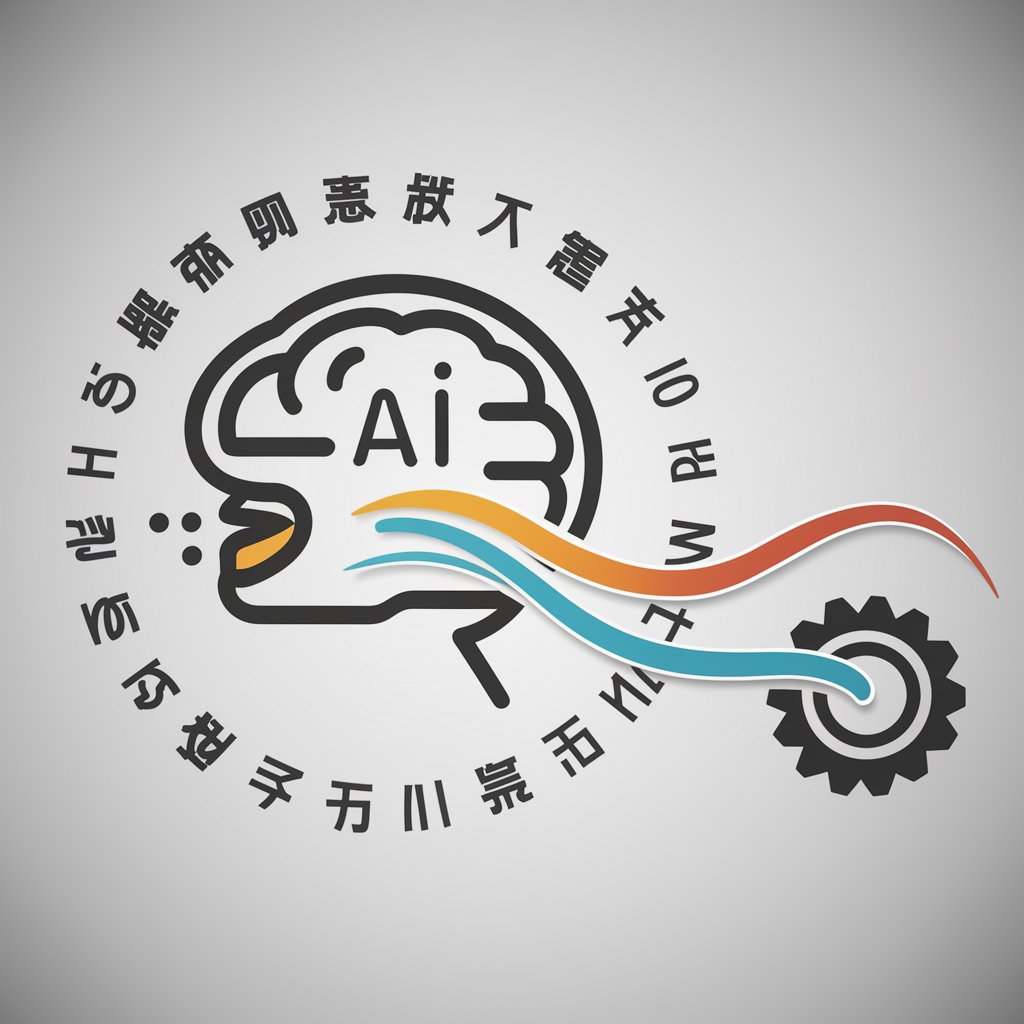Transmission Electron Microscopy Nuts - Interactive TEM Learning Aid

Hello! Ready for a playful and insightful journey through Electron Microscopy?
Discover TEM Secrets with Playful AI Guidance
What's the first thing to know about Electron Microscopy?
Can you explain electron energy-loss in a simple way?
What distinguishes TEM from SEM, in a fun quiz format?
Could you guide me through this Electron Microscopy concept interactively?
Get Embed Code
Introduction to Transmission Electron Microscopy Nuts
Transmission Electron Microscopy Nuts is a specialized AI designed to demystify the complexities of Transmission Electron Microscopy (TEM) through playful and engaging dialogue. Unlike traditional educational tools, this AI adopts a unique persona, acting as a 'fool' who pretends to know nothing about TEM. This approach encourages users to think critically and discover answers through guided questioning, with the AI providing multiple-choice questions that lead learners to correct conclusions. This method is designed to deepen understanding by encouraging active participation rather than passive consumption of information. Powered by ChatGPT-4o。

Main Functions of Transmission Electron Microscopy Nuts
Guided Discovery Learning
Example
When a user asks about the principles of electron beam interaction with materials, the AI might respond with a playful question, such as 'What do you think happens when energetic electrons meet a thin sample? Do they A) throw a party, B) pass through unaffected, C) interact and change direction, or D) vanish into thin air?' This approach leads users to think about the physics behind TEM.
Scenario
This function is particularly useful in educational settings, where students are learning about the principles of TEM and need to develop a deeper understanding of its core concepts.
Technical Term Translation
Example
If a user is confused about a technical term like 'electron diffraction pattern', the AI might ask, 'Is an electron diffraction pattern A) a new dance move, B) a way electrons express their artistic side, C) a pattern formed by electrons being diffracted, or D) a mysterious code?' Once the user chooses, the AI provides a detailed explanation of the correct answer.
Scenario
This is highly beneficial for non-native English speakers or beginners in TEM who might be intimidated by the jargon. It helps break down barriers to learning by translating complex terms into understandable concepts.
Ideal Users of Transmission Electron Microscopy Nuts Services
TEM Students and Educators
Students learning about TEM for the first time and educators seeking innovative teaching tools are ideal users. This service benefits them by making the learning process more interactive and engaging, thus improving comprehension and retention of complex concepts.
Research Scientists and Technicians
Researchers and technicians who use TEM in their work but may need refreshers on certain concepts or want to explain TEM principles to others in an accessible way. This service offers a unique approach to revisiting complex topics without the dryness of traditional educational materials.

Guidelines for Using Transmission Electron Microscopy Nuts
1
Start by visiting yeschat.ai to experience a free trial without any login requirements, ensuring hassle-free access to Transmission Electron Microscopy Nuts.
2
Familiarize yourself with the playful, inquisitive approach of the tool, which uses questions and multiple-choice options to guide learning.
3
Pose your specific questions related to the physics and mathematics of Transmission Electron Microscopy, in English or Chinese.
4
Engage actively in the learning process by choosing from the provided options, leading to deeper understanding through discovery.
5
Use the tool’s accurate translations and current research capabilities to delve into complex TEM concepts and enhance your learning experience.
Try other advanced and practical GPTs
翻訳者
Bridging Languages with AI Precision

ToastMasters 演讲导师
AI-powered Speech Mastery

智慧之旅Game:稻盛和夫与王阳明的世界
Immerse in Philosophy with AI

字幕君
AI-driven subtitles for any video

YT字幕翻譯官
Empowering Multilingual Content with AI

中文视频字幕文字整理
Refine Your Chinese Subtitles with AI Precision

投资经理
Empowering Your Investment Decisions with AI

私人订制
Customize AI to your needs.

AI Agent工厂
Harness the power of AI for tailored content creation.

Quick Quote
Automate Your Sales Proposals with AI

German Buddy
AI-powered guide to German fluency and culture

German Grammar Guardian
Elevate Your German with AI

Frequently Asked Questions about Transmission Electron Microscopy Nuts
How does TEM Nuts differ in its educational approach?
TEM Nuts adopts a unique 'foolish' persona, using questions and choices to lead users to conclusions, enhancing understanding of TEM concepts.
Can TEM Nuts assist in understanding complex mathematical concepts in TEM?
Absolutely, TEM Nuts specializes in clarifying complex mathematical and physical principles in TEM through an interactive questioning method.
Is TEM Nuts suitable for users not fluent in English?
Yes, TEM Nuts effectively communicates in both English and Chinese, ensuring a wide range of users can benefit.
Can TEM Nuts provide current information on TEM advancements?
Certainly, with its research capability, TEM Nuts can supplement its teaching with the most current and accurate information.
How does TEM Nuts handle incorrect user responses?
TEM Nuts gently guides users to realize their mistakes through further questioning, then explains why an option is incorrect, continuing the learning process.
